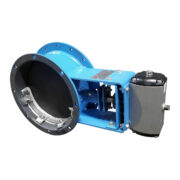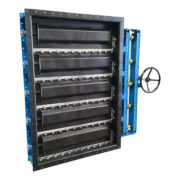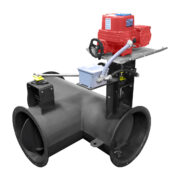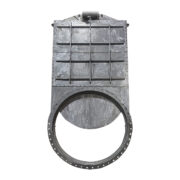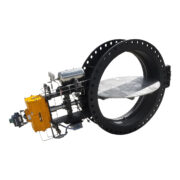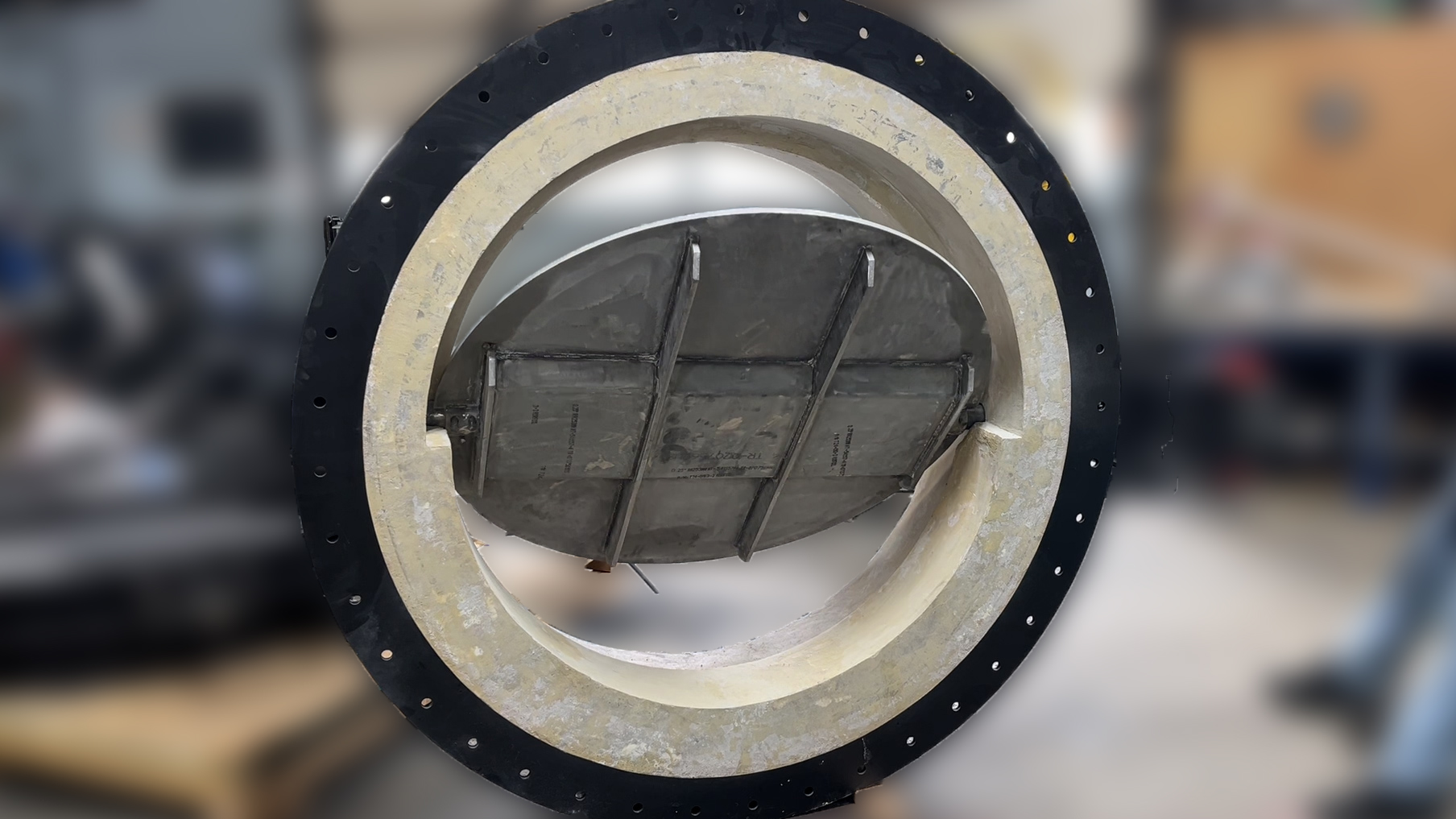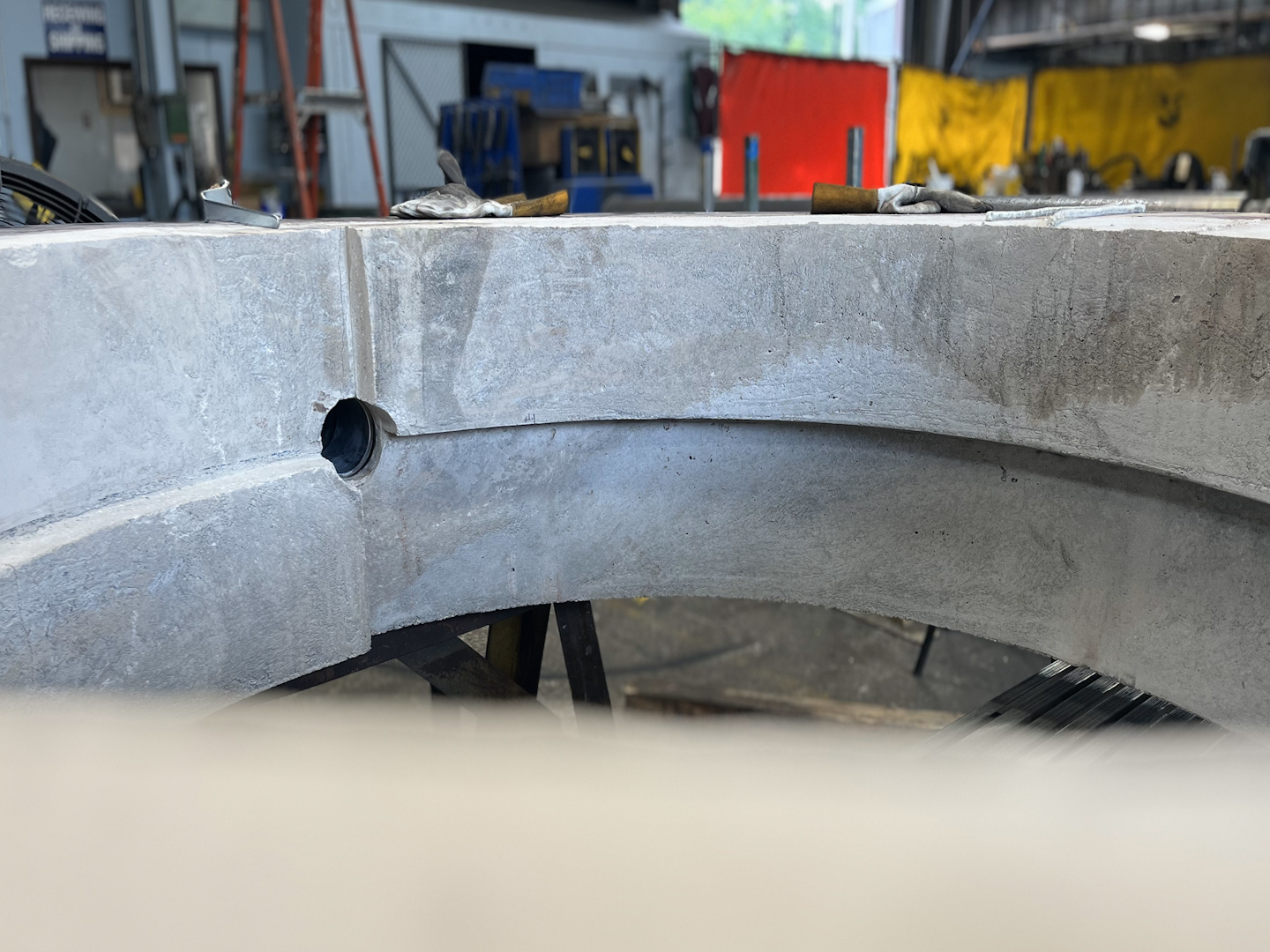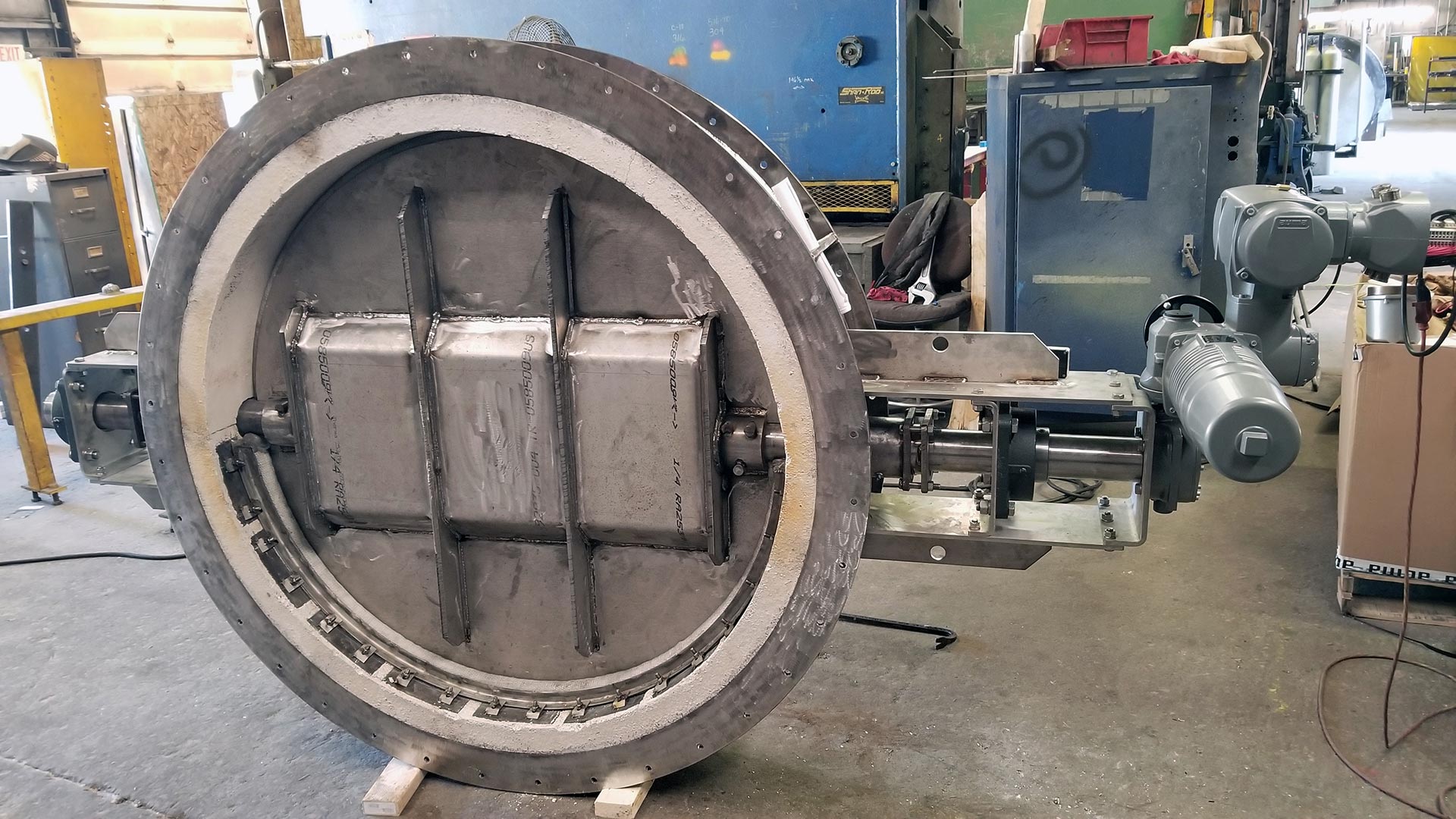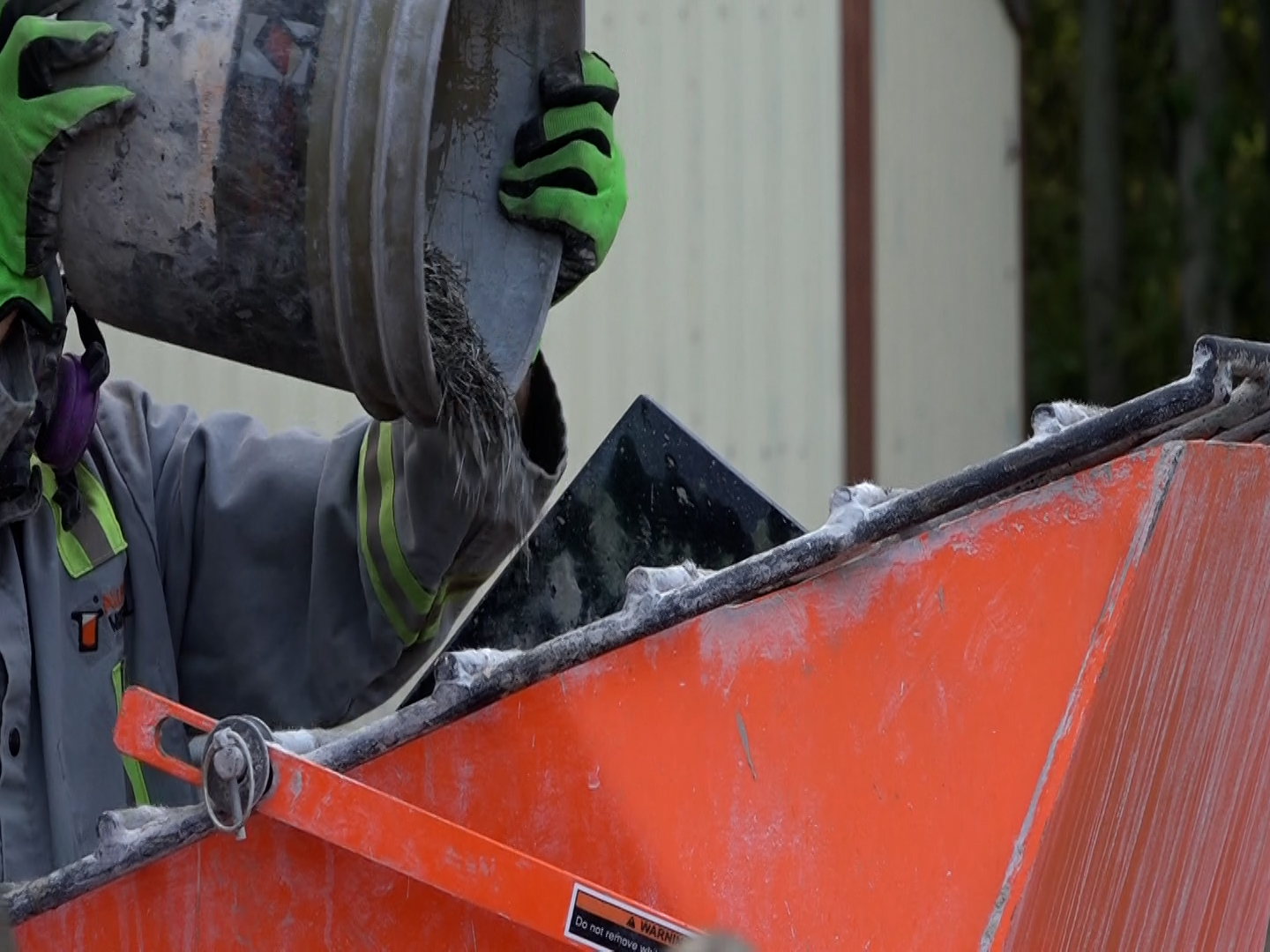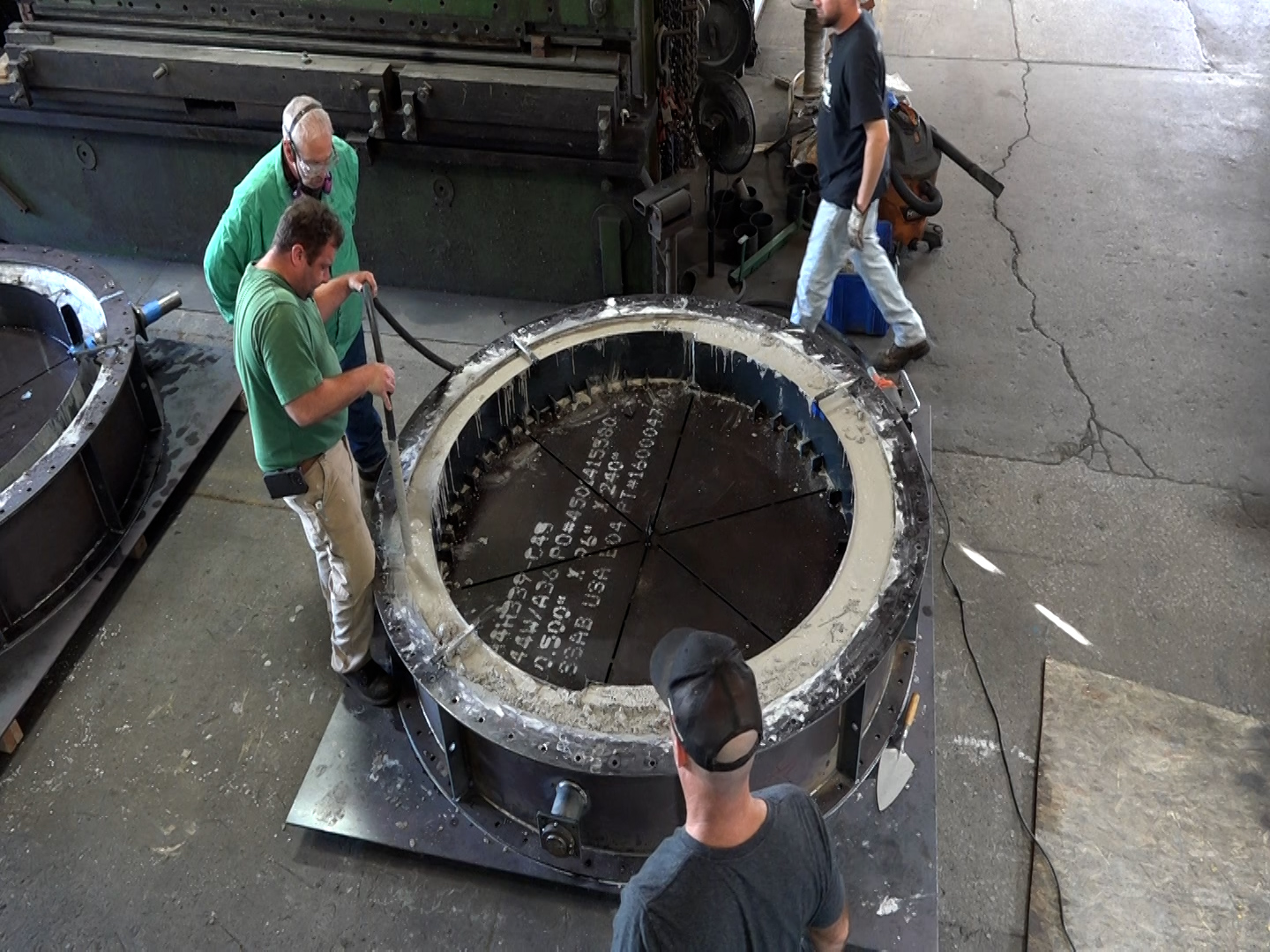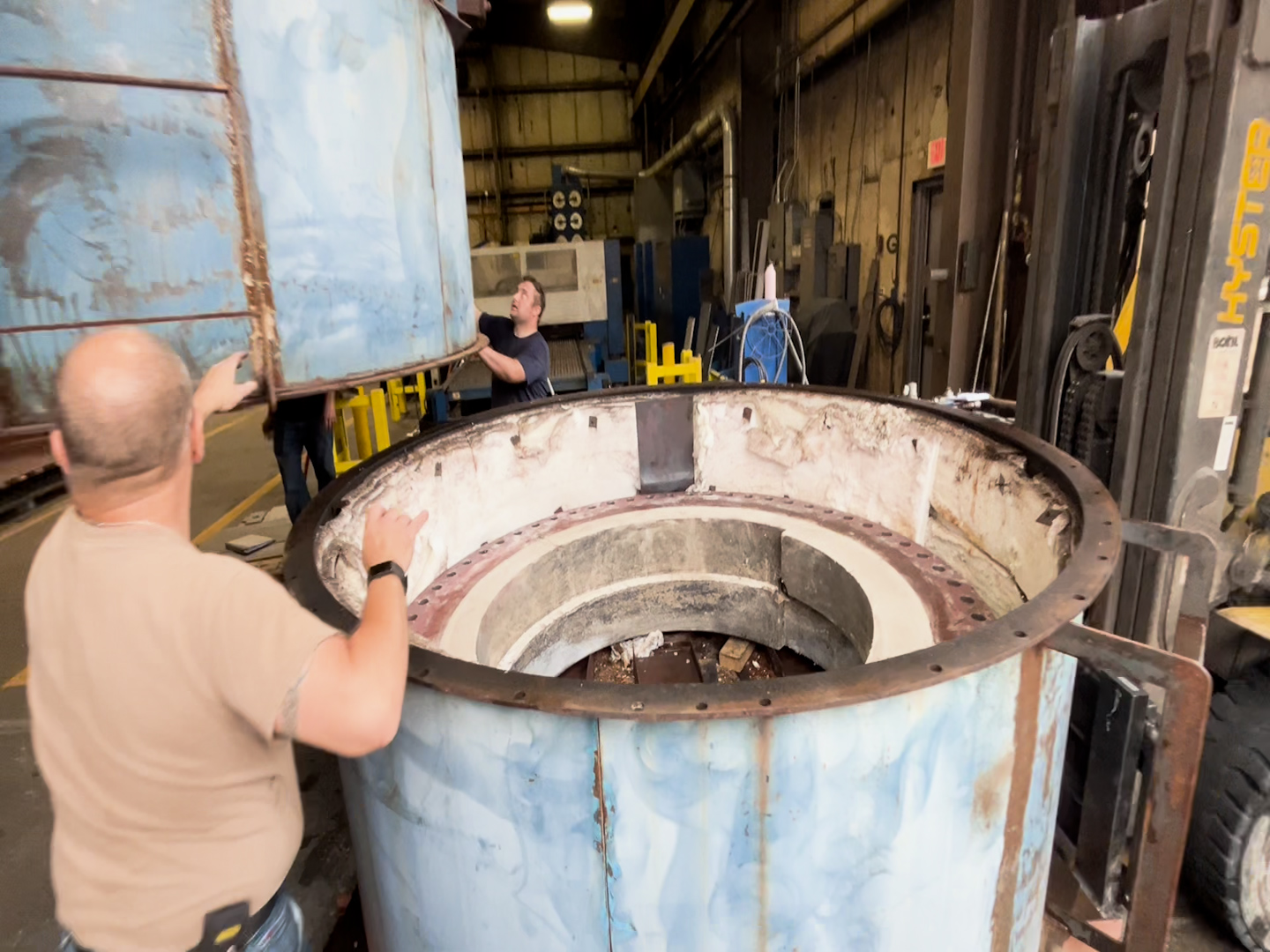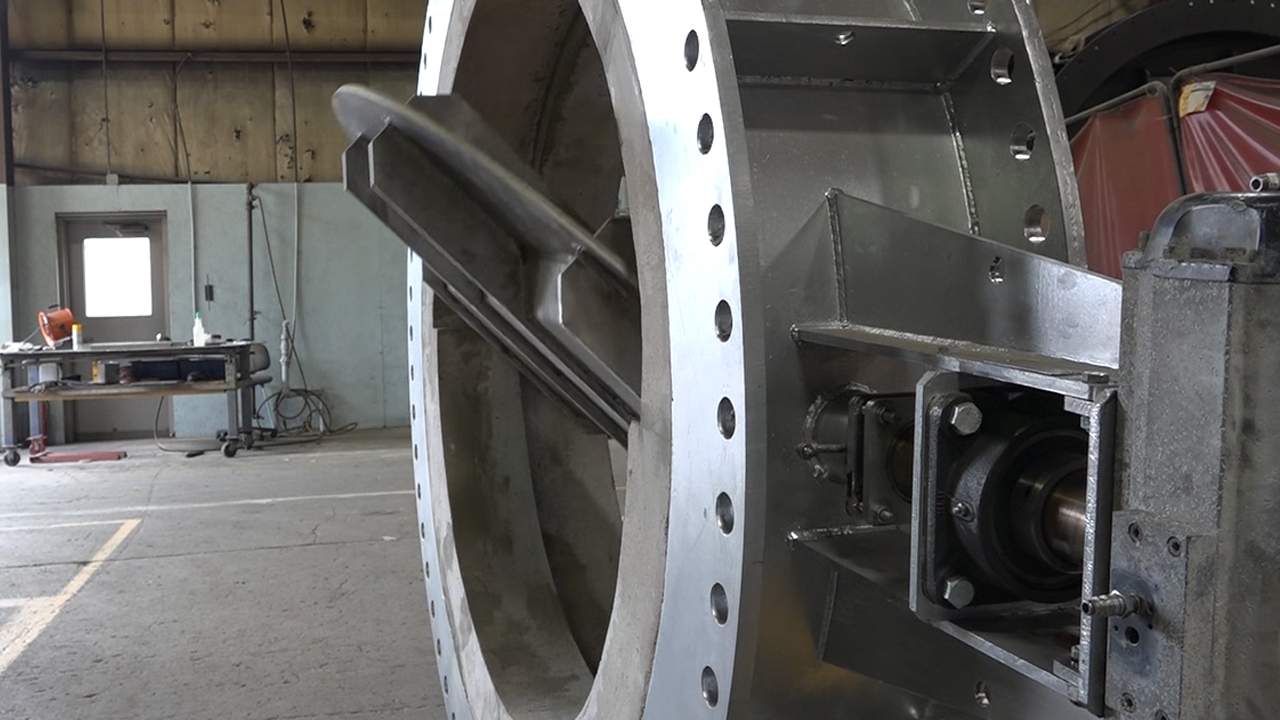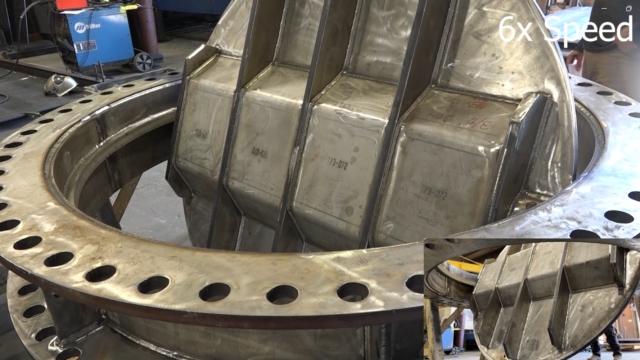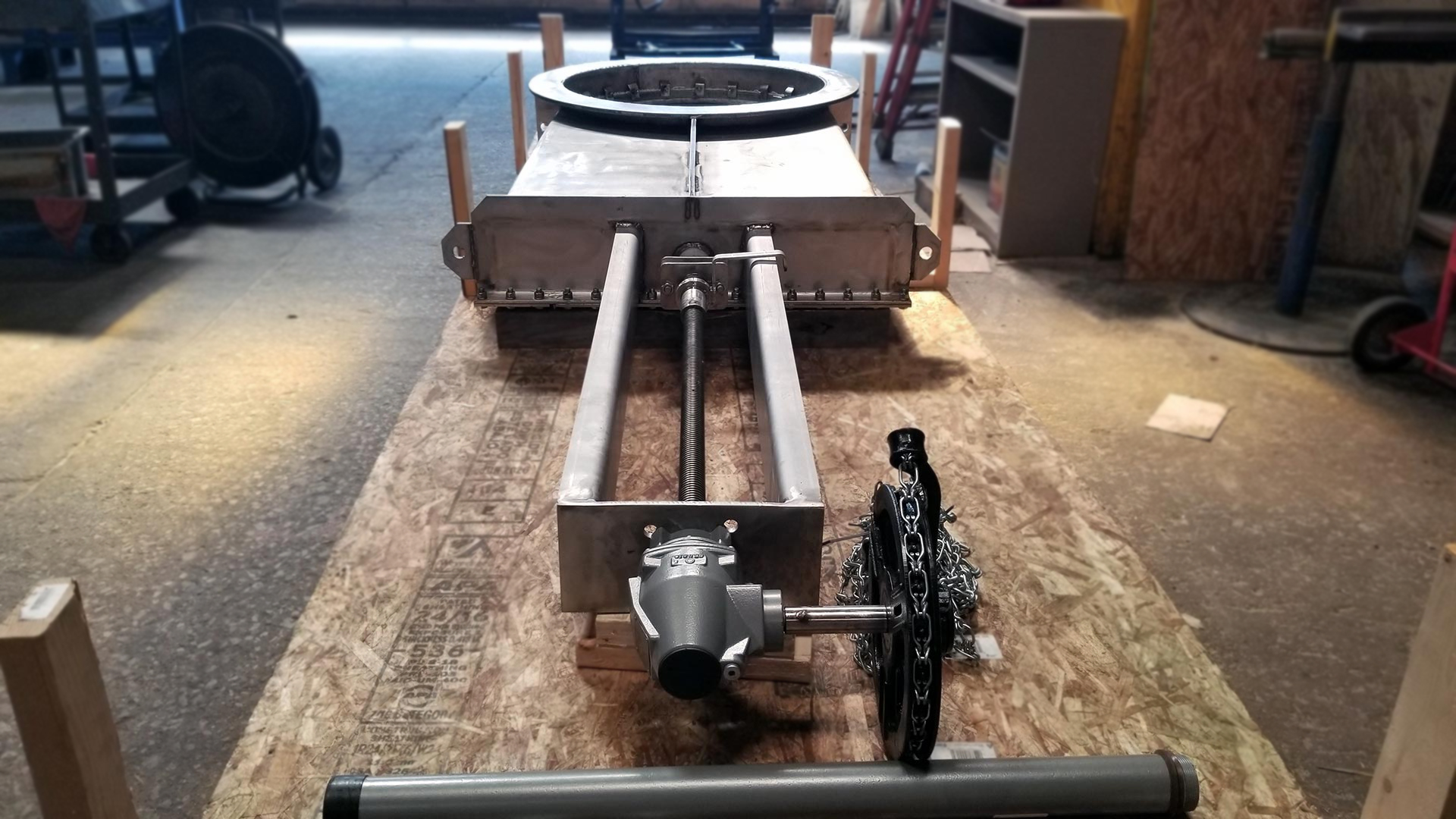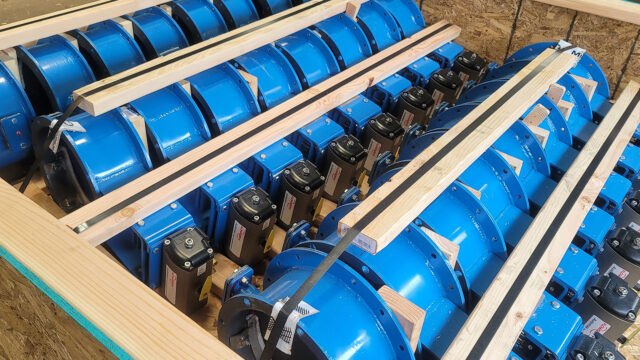What is a Refractory Damper?
A refractory damper is a type of industrial damper designed to operate in high temperature environments where standard dampers would fail. These dampers are built using materials that can withstand extreme heat, such as stainless steel and other heat-resistant alloys, and/or are often lined or coated with refractory materials to enhance their thermal resistance while being able to use more cost-effective materials like carbon steel for the body and flanges.
Why Refractory Lining Matters
Unmatched Heat Resistance and Insulation
Refractory lined dampers are engineered to withstand extreme temperatures, ensuring safe and efficient operation under rigorous conditions. This is vital in industries like metal smelting, chemical processing, and power generation, where equipment is regularly exposed to intense heat.
Extended Equipment Life
Refractory dampers protect essential machinery from direct heat exposure, which can accelerate wear and tear. This protective barrier not only extends the operational lifespan of equipment but also reduces the need for frequent replacements and costly downtime, boosting overall productivity.
Combating Thermal Shock
Rapid temperature changes can be detrimental, leading to structural damage or failure. The heat-resistant material acts as a thermal buffer, absorbing sudden temperature shifts and protecting the equipment’s integrity.
Cost-Effectiveness
Traditionally, managing high temperatures required the use of expensive, specialized materials. The use of refractory lining makes it possible to opt for more cost-effective materials like carbon steel, cutting expenses without compromising performance.
How Does a Refractory Damper Work?
They work just like a standard damper would, the key difference is the added refractory materials allowing them to withstand much higher temperatures.
- Butterfly Dampers These are used for their ability to provide a tight seal and regulate flow.
- Diverter Dampers Essential in systems requiring the diversion of flow from one channel to another.
- Louver Dampers Ideal for applications that require precise control over volume and flow direction.
Refractory Materials and Components
Damper Body Typically made from robust metals like carbon steel.
Refractory Lining Common materials include alumina, silicon oxide, fire clays, and zirconia, chosen based on their ability to withstand high temperature and their resistance to thermal shock and chemical attack.
Actuation Mechanism Ensures that the damper operates smoothly and effectively, tailored to specific industrial requirements.
Refractory Curing Process
The performance of a refractory damper heavily depends on its curing process:
- Curing Prior to Shipment: Involves baking the damper to set the durable lining, making it ready for immediate installation.
- We cure our refractory linings prior to shipment, ensuring that each damper is ready for immediate integration into your system upon delivery. This approach not only streamlines installation but also allows for complete quality control in a standardized environment, significantly reducing the risks associated with on-site curing. Curing before shipment minimizes the potential for installation errors and environmental variability that could compromise the damper’s integrity.
- Curing After Installation: Allows the heat-resistant material to be cured on-site, which can help prevent damage during transport and installation but requires precise on-site conditions and can introduce complexities such as extended downtime and the risk of damage during the curing process, which are avoided with our method.
What are the Common Applications of Refractory Dampers?
These dampers are typically used in industries that involve high-temperature operations such as steel mills, power plants, and chemical processing facilities. They are essential for managing furnace exhaust, controlling heat distribution in kilns, and maintaining proper air quality in high-temperature environments.
Refractory dampers are crucial in a variety of industries:
- Mining & Mineral Processing
- Petrochemical
- Iron and Steel
- Glass Production
- Power Generation
- Metal Smelting
- Chemical Processing
What Maintenance is Required for Refractory Dampers?
- Inspection: Regular checks for signs of wear or damage, especially to the refractory lined interior.
- Cleaning: Removal of soot and debris that could obstruct the movement of the damper or degrade its materials.
- Lubrication: Ensuring that moving parts, especially actuators and bearings, are well-lubricated to prevent sticking or jamming.
Conclusion
Refractory dampers are indispensable in high temperature industrial applications. They offer unmatched heat resistance, prolong equipment life, and provide cost-effective solutions to heat management challenges. Understanding the types, components, and proper maintenance of these systems is crucial for maximizing their benefits and ensuring safety and efficiency in industrial operations.
For a more detailed look at our process check out our Elite’s Specialty Refractory Valve post

